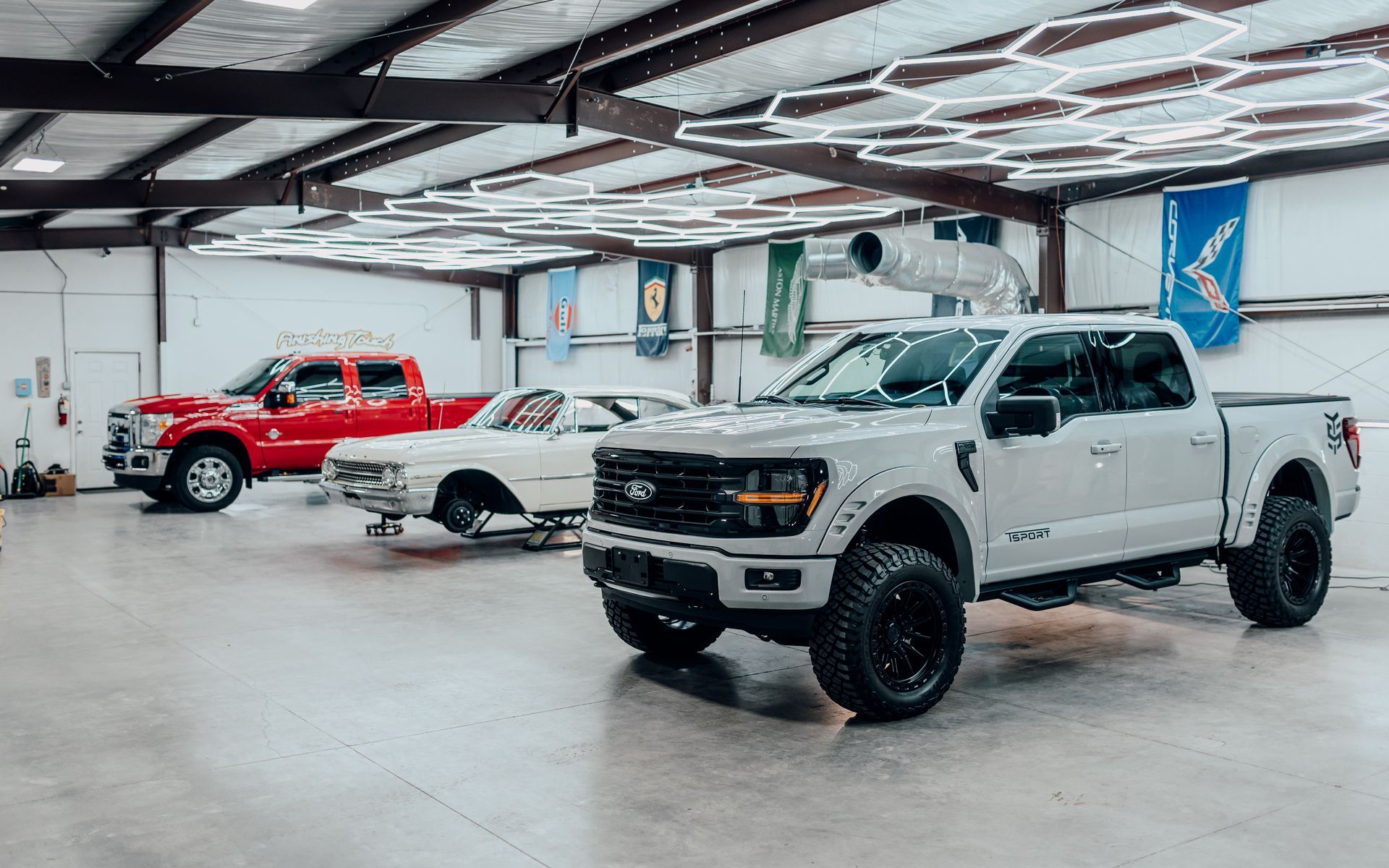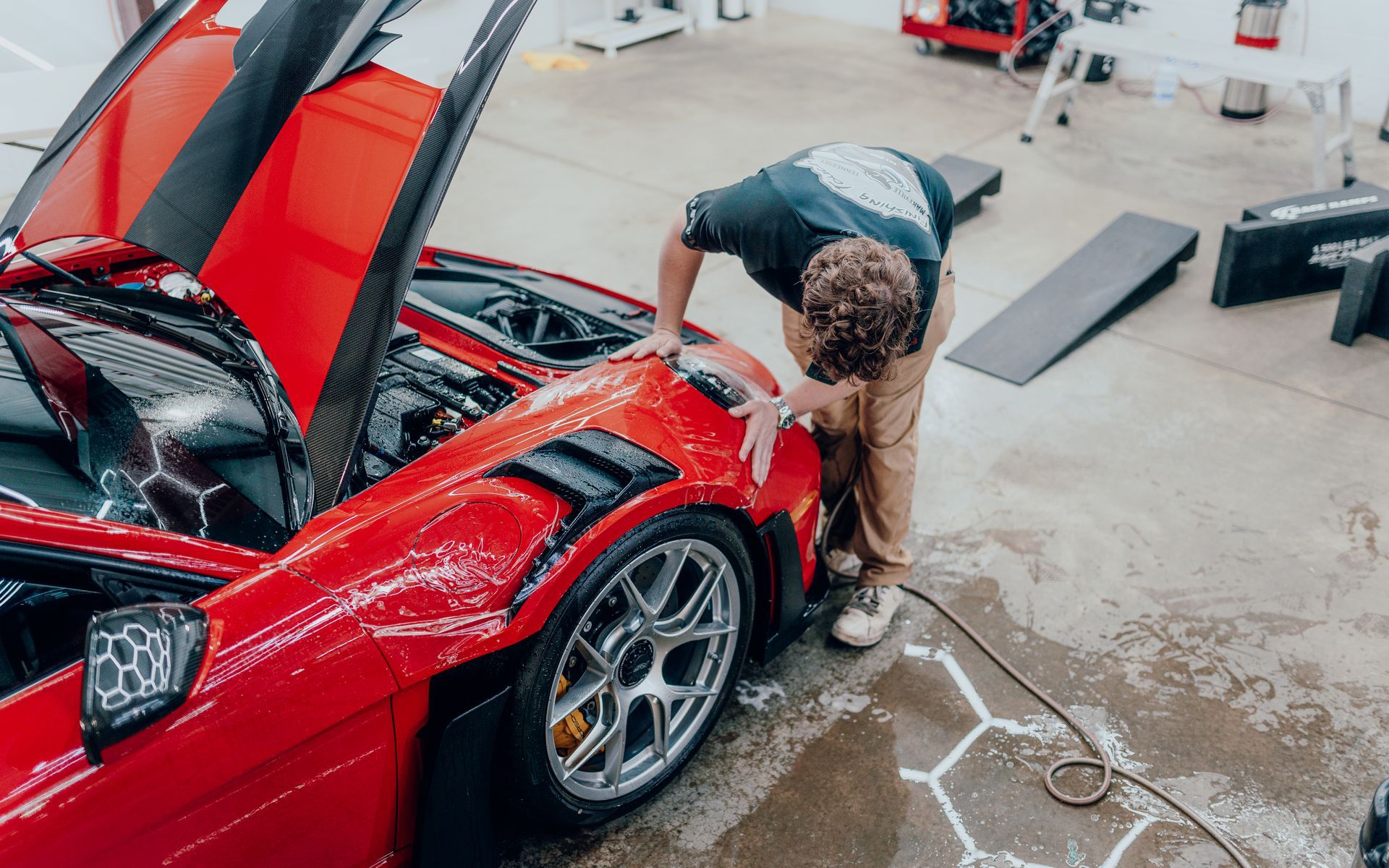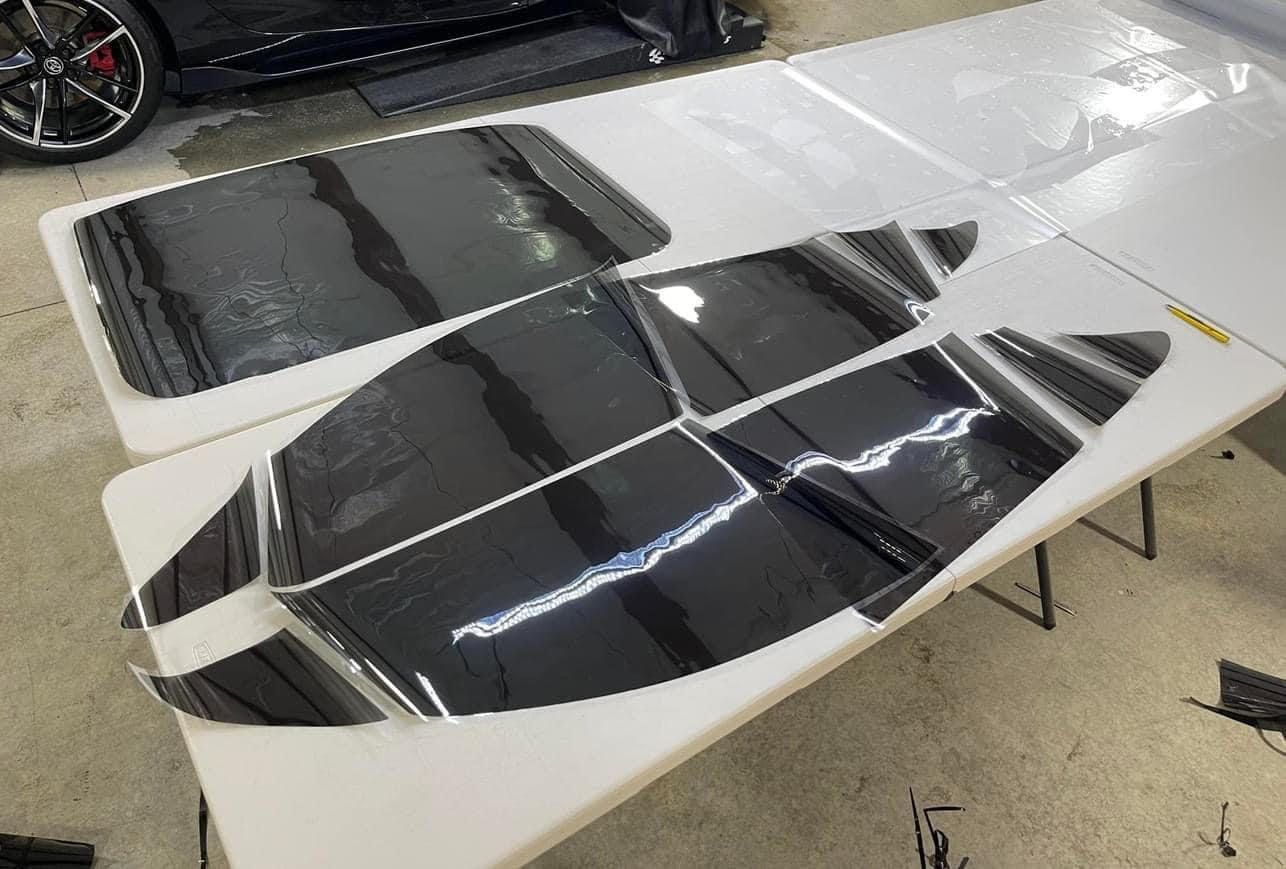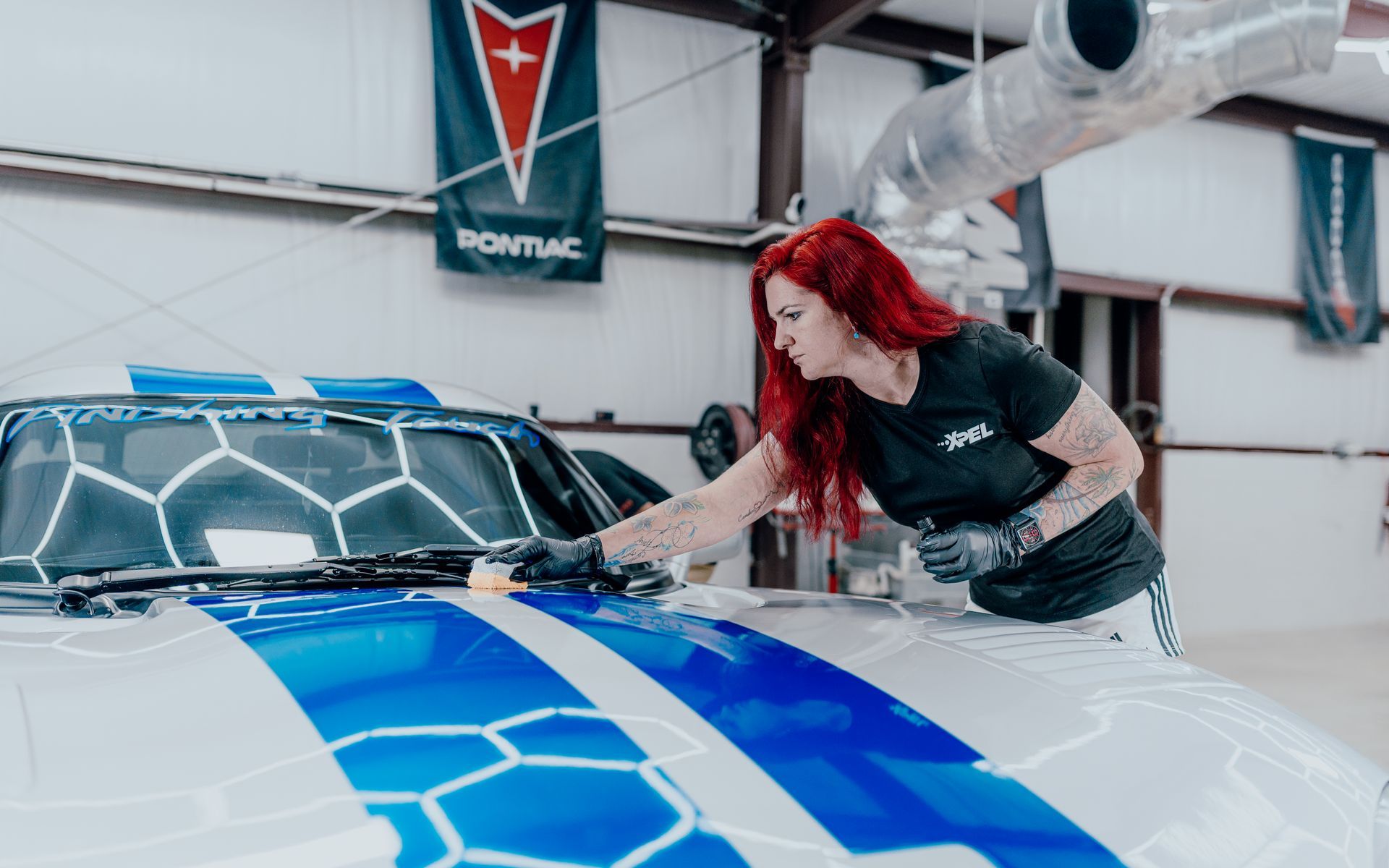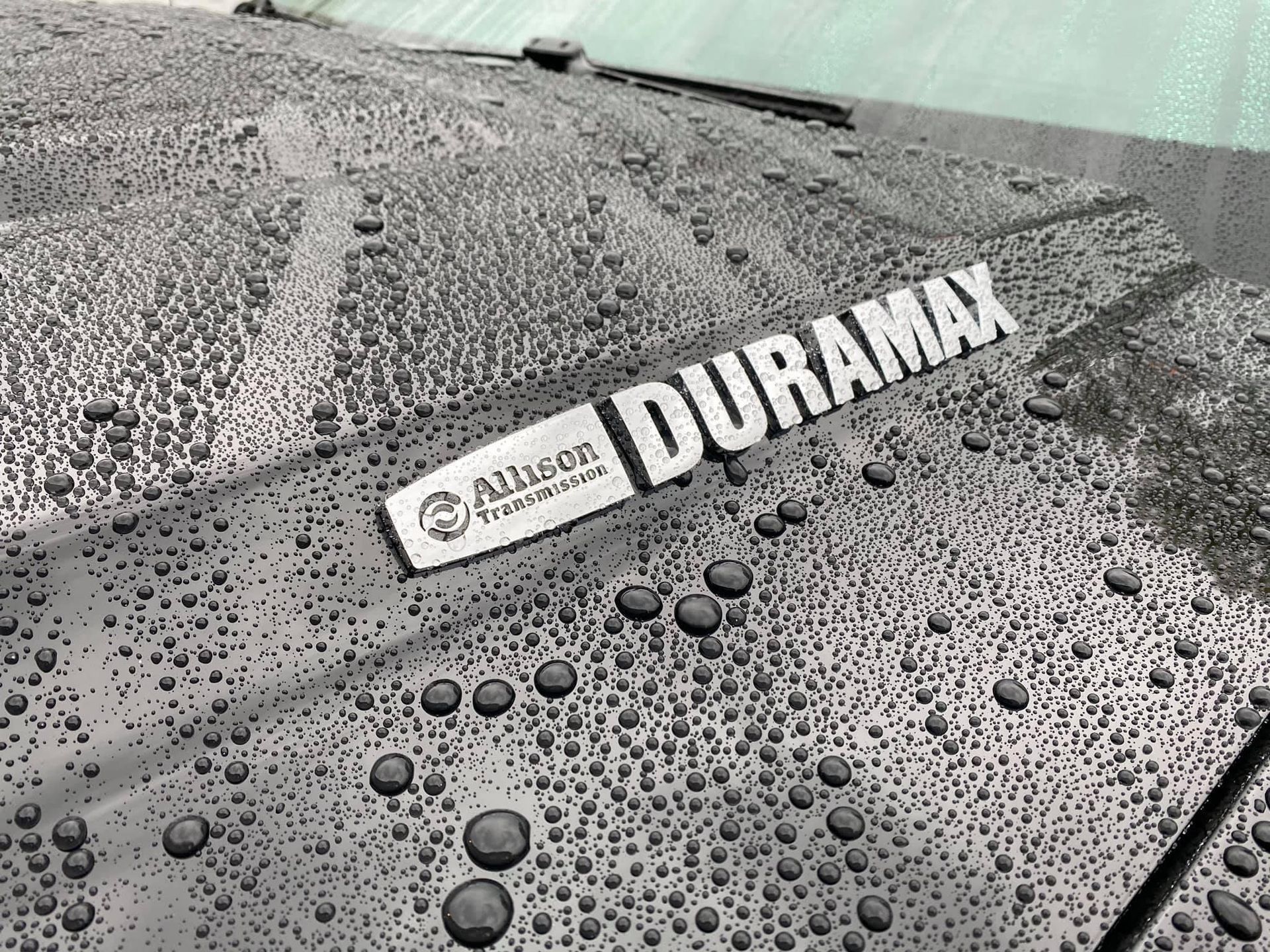Getting your windows tinted seems straightforward until you start hearing about VLT percentages, legal limits, and potential tickets. You want that sleek, private look without dealing with law enforcement pulling you over every other week. So how dark can you actually go?
Window tint laws vary significantly depending on where you live, and understanding these regulations before you tint can save you from headaches down the road. Some areas allow darker tints, while others enforce strict limits. The key is finding that sweet spot between style, privacy, and staying on the right side of the law.
Let's break down what you need to know about tint regulations, how darkness is measured, and how to make smart choices that won't land you in trouble.
What Is VLT and Why Does It Matter?
VLT stands for Visible Light Transmission—basically, how much light passes through your window tint. This measurement determines whether your tint is legal or not.
Here's How It Works:
- Higher VLT percentage = More light passes through = Lighter tint
- Lower VLT percentage = Less light passes through = Darker tint
When you see tint described as 35%, 20%, or 5%, that number represents the VLT percentage. A 70% tint appears very light and allows most light through. A 5% tint looks much darker and blocks nearly all light.
Understanding VLT helps you make informed decisions when choosing window tinting services. Professional installers can explain which VLT levels work for your needs while keeping you compliant with local regulations.

Understanding Tint Regulations
Window tint laws aren't universal—they change based on your location. Regulations typically address several key areas to ensure safety and visibility on the road.
Common Regulation Areas:
Front Side Windows: These windows usually face specific VLT requirements since they affect driver visibility and interaction with law enforcement during traffic stops.
Rear Side Windows and Back Windshield: Typically allowed to be darker than front windows. The requirements often differ based on vehicle type.
Vehicle Type Differences: SUVs and vans sometimes have different rules for rear windows compared to sedans. Larger vehicles may have more flexibility with rear window darkness.
Reflectivity Requirements: Regulations often restrict how reflective or mirror-like your tint can be. Excessive reflectivity can create glare that affects other drivers on the road.
Balancing Style, Privacy, and Legal Compliance
You want your vehicle to look good and provide privacy without constantly worrying about potential violations. Here's how to strike that balance effectively.
Start with Legal Requirements: Research your local regulations before choosing tint darkness. Understanding the rules prevents future problems and ensures your investment stays compliant.
Consider Your Priorities:
- Maximum privacy? Choose the darkest legally allowed option for rear windows
- Heat rejection focus? Quality films matter more than extreme darkness
- Professional appearance? Moderate tint levels often look refined without being excessive
- Vehicle value? Legal, professionally installed tint appeals to future buyers
Work with Experienced Professionals: Reputable installers at Finishing Touch Detailing and Paint Correction understand local regulations and can recommend compliant options that meet your goals. They know which VLT percentages work within legal limits while still delivering the appearance and protection you want.
Why Professional Installation Matters
Quality installation ensures your tint meets legal requirements while delivering lasting performance. Professional installers understand:
Proper VLT Selection: They know which darkness levels comply with local regulations for different window positions and vehicle types.
Quality Film Products: Premium films like XPEL Prime HP and XPEL Prime XR provide excellent heat rejection and UV protection at legal darkness levels. You don't need illegal tint to get superior performance.
Accurate Application: Precise installation ensures a consistent appearance and proper adhesion that lasts for years without bubbling or peeling.
Documentation: Professional services can provide information about your tint specifications, which can be helpful if questions arise about compliance.
Benefits Beyond Appearance
Legal window tinting delivers substantial benefits that make it a smart investment:
Heat Rejection: Quality films significantly reduce infrared heat buildup inside your vehicle, making drives more comfortable during hot days. You'll notice cooler cabin temperatures and reduced strain on your air conditioning.
UV Protection: Professional tint blocks harmful ultraviolet rays that damage your interior. Upholstery, dashboard, and other components stay in better condition longer, preserving your vehicle's appearance and value.
Glare Reduction: Tinted windows minimize glare from the sun and headlights, making driving safer and more enjoyable with a clearer view of the road.
Privacy Enhancement: Darker rear windows make it more difficult for passersby to see inside, adding security and peace of mind when parked.
Aesthetic Appeal: The sleek appearance of professionally tinted windows enhances your vehicle's overall look and can increase resale value.

Making Smart Tint Decisions
Understanding window tint laws helps you make choices that enhance your vehicle without creating problems. Quality matters as much as darkness—premium films provide better performance regardless of VLT percentage.
Professional installation ensures your tint meets legal requirements while delivering the appearance and protection you want. Before committing to any tint service, verify your local regulations and discuss your options with professionals who understand compliance requirements.
This approach gives you confidence that your investment will deliver years of benefits without concerns about legal issues or premature failure.
Ready to enhance your vehicle with professional window tinting that balances style and legal compliance? Contact us today to discuss tint options that work within your local regulations while delivering the protection and appearance you want.
Frequently Asked Questions
What does VLT percentage mean for window tint?
VLT stands for Visible Light Transmission and represents how much light passes through your tint. A higher percentage means a lighter tint that allows more light through, while a lower percentage means a darker tint. Understanding VLT helps you choose a compliant tint that meets your needs for privacy and appearance.
Do front and rear windows have different tint requirements?
Yes, regulations typically differ between front and rear windows. Front side windows usually have stricter requirements to ensure driver visibility and safety. Rear windows and back windshields often allow darker tint, especially on larger vehicles like SUVs and vans.
How does vehicle type affect tint regulations?
SUVs and vans sometimes have more lenient rules for rear windows compared to sedans. The regulations often account for passenger capacity and vehicle classification when determining acceptable darkness levels for different window positions.
Can quality tint provide good heat rejection at legal darkness levels?
Absolutely. Premium films like XPEL Prime HP and XPEL Prime XR provide excellent heat rejection and UV protection even at legal VLT percentages. Modern tint technology focuses on infrared heat rejection rather than just darkness, so you get superior performance while staying compliant.
Why should I choose professional tint installation?
Professional installers understand local regulations and can recommend compliant options that meet your goals. They use quality products, apply tint precisely in controlled environments, and ensure proper curing for lasting results. Professional installation also provides peace of mind that your tint meets all legal requirements.

